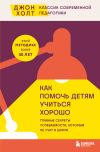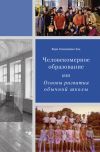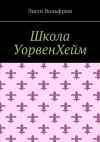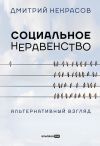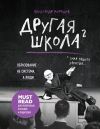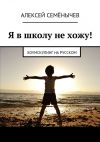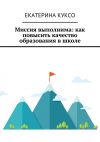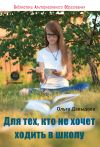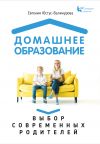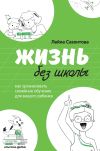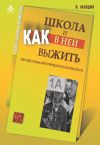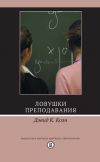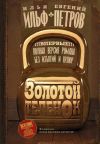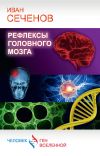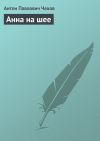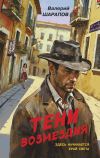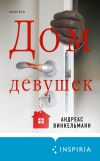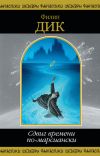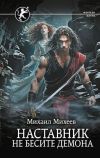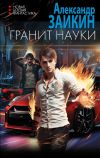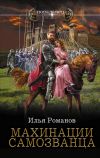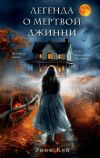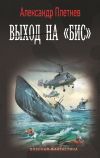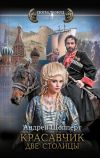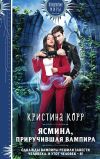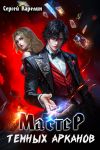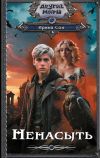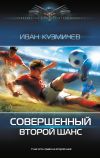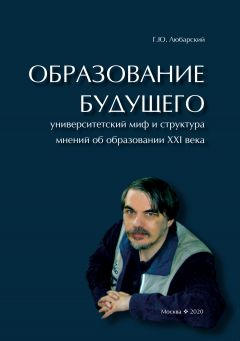
Автор книги: Георгий Любарский
Жанр: Педагогика, Наука и Образование
Возрастные ограничения: +18
сообщить о неприемлемом содержимом
Текущая страница: 58 (всего у книги 58 страниц)
What is the content of this myth of the Russian university? It is hard to outline the content of a non-existent myth, but you can try to list certain features of a non-existent university that could serve as an ideal, as something what the people want. Democracy, high competition ensuring elitism, diversity of programs – these are the features that the universities are already striving for, these components of the ideal are quite obvious, and they are absolutely necessary. There is a unique feature, something that present-day universities want to do and do not know how: general education. A general education that is not conceived as a set of courses common for different majors and minors (that is, some kind of elementary mathematics and, say, elementary programming), but as a universal general course, a set of disciplines that make it possible to reach a higher level of understanding, which ensures the general. Another side of this Russian university that we should dream of concerns the teaching of higher intellectual skills. People may actually prove willing to contemplate treating the study of higher elementary intellectual skills as the new general education.
The American university has a totally different ideal, and therefore, it will evolve in a different way. The American university would like to be a network hub combining education, special scientific research, and industrial development activities, combining financial and professional services, it would like to turn into a carousel of knowledge that passes knowledge through social institutions time after time and cycle after cycle from project and research development to commercialization in the society. This carousel of knowledge has a transparent and well-documented design, it is controllable, i.e., the university is primarily a bureaucratic machine intended to produce, disseminate, and sell knowledge.
The desirable situation that the American university is becoming increasingly close to is a situation when the student and teacher have equal position and work on education in concert, where the teacher does not lead in any way, but rather does a bit of pushing and advising. The teacher is neither a 'leader' nor an expert, but rather a coach. It is assumed that the professor and student at the university and the teacher and schoolchild at school will be involved in the creation and sharing of knowledge. The teacher and student are not the ones who lead and are led, who teach and are taught, but rather a team. Later on, they will earn an award for a good outcome and incur losses from a bad outcome together.
Based on the role of the 'carousel of knowledge', the American university should create attractive markets of hi-tech products, including symbolic, social, and environmental goods. It must invent and sell reputations, images of the desired future, reform the social and natural environment, and make advances in fundamental scientific research. It is advisable to combine the university with digital services so that university products could be as easily accessible as taxi services.
The information market is intended for selling cultural capital, and the American university would definitely like to be the best in sails. This is the area where people contemplate redrawing social boundaries, are able to change social objects, change their shape – the American university wants to turn into a workshop to tailor social clothes. It is here where such services as development and implementation of images for individuals and corporations, countries and regions will be offered. The modern American university would like to earn a living by selling new clothes to the kings of the present day.
Out of several possible development paths for the education of the future, let's examine one in particular: the educational role of comic strips. A comic strip is a sequence of images located adjacent to each other in space. The images are designed to show the movement of meaning that is unifying for the comic strip. It is assumed that the viewer restores the movement of meaning and the key stages thereof are shown by the comic strip. Since a comic strip displays nothing but the key points of movement of meaning, bifurcation points, then from the perspective of a comic strip, a movie is just a very slow comic strip, abounding in detail, containing a lot of unnecessary frames and nuances.
A comic strip is a symbolic recording by informal means. How much in common the artist and the viewer have is how far apart the graphic form can stand from the content. It is important to understand about a comic strip that caricature is not a way of painting, but rather a way of seeing. A similar way of seeing is typical for cartoons of different styles, up to anime; a mask instead of a portrait, a doll instead of a sculpture.
An average contemporary reader/viewer has a different anthropology than a viewer in the previous eras of art: he/she is weak and unable to go up to the idea from a full image thereof, he/she is lost in diversity and is devoid of access to the path of art. New forms of art come to the rescue of the crippled viewer: comic strips serve as painting for the blind. And now it is almost normal to use comic strips for educational purposes: in textbooks, in popular books. This pictorial language marks the readers'/viewers' incompetence in normal perception and in normal thinking. The fact that arrangement of a comic strip goes perfectly with an educational text followed by replacing the text gradually is not a coincidence. This is the evolution in the perception of art ideas perception and evolution of thinking. Similar developments are taking place in science. This obviously refers to the mathematization of the idea of truth that has a totally identical nature. The people unable to see the truth except in the form of a formula are supposed to see the world in the form a comic strip.
The book presents the findings of a study of opinions on education obtained by Internet search in 2011–2012. What people think about studying at school, about the classics, and about teaching forms a landscape of perspectives demonstrating the systems of arguments that 'stall' without finding any understanding and the systems that are reproduced eagerly along with the public opinion on school education. This includes opinions on new ways to perceive and read the text, on the new textual shame and video shamelessness, on various ways to talk about the classics, on the silenced blind spots in the landscape of opinions, on the negative aspects of reading, on the sin of reading what you like and on the innocence of reading from a smartphone. You will find a discussion of the circle of reading, of the concept of classics, of the purpose of education, learn how a uniform program makes people equal by creating equal opportunities, and how the choice of 'affordable and good' education results in hereditary social inequality. You will learn about the 'gaps', that is, the topics no one discusses and about the potential forecasts.
Правообладателям!
Это произведение, предположительно, находится в статусе 'public domain'. Если это не так и размещение материала нарушает чьи-либо права, то сообщите нам об этом.